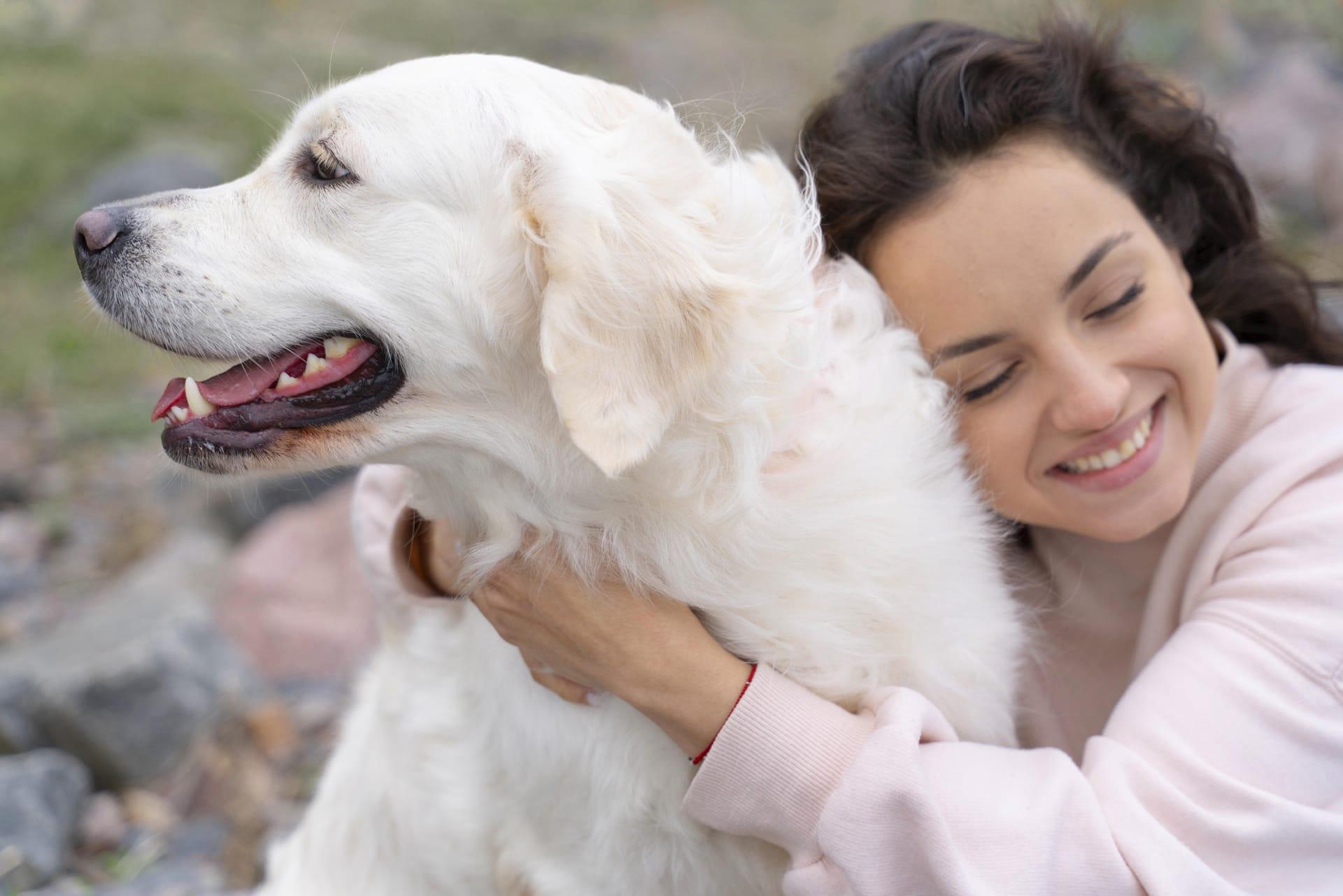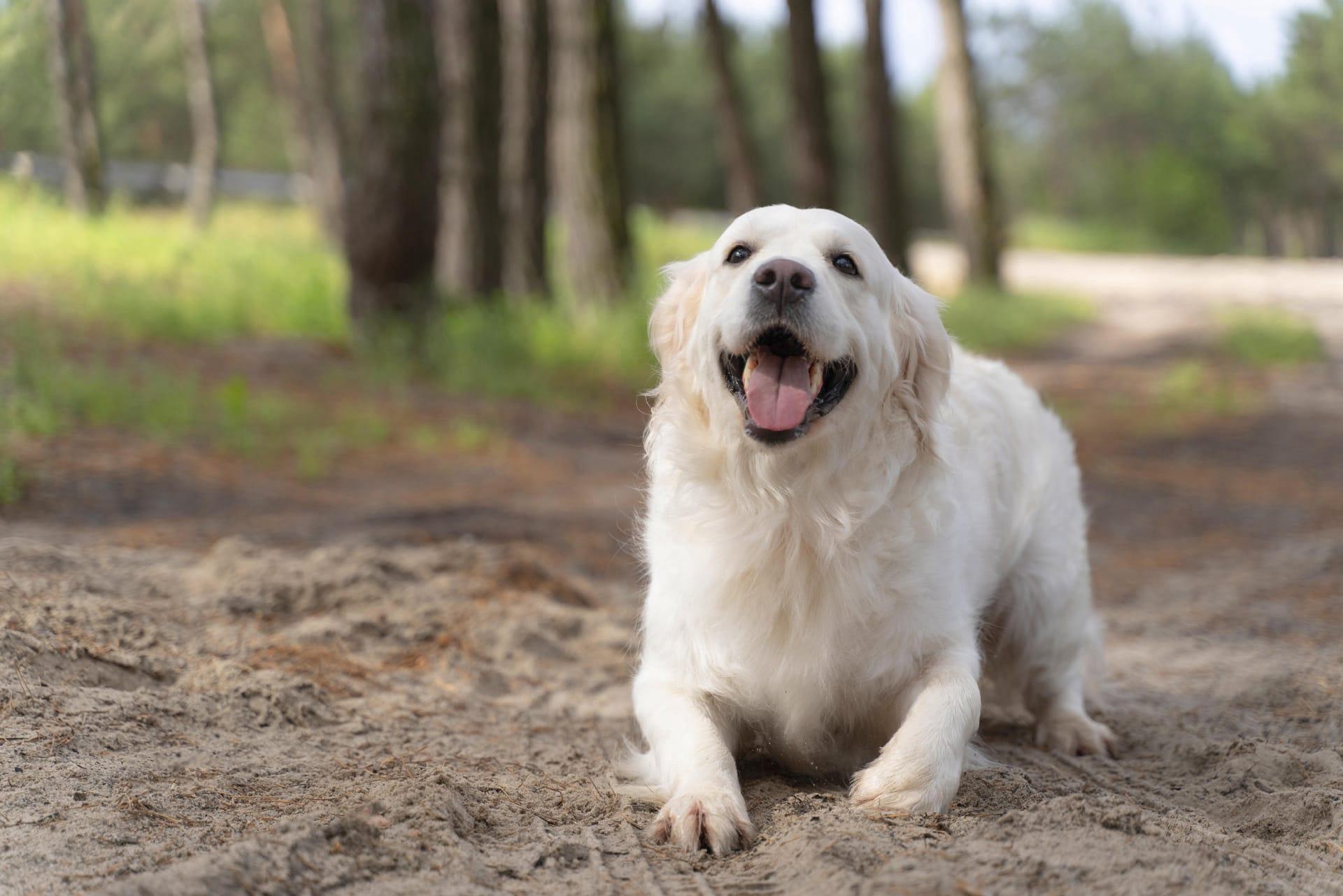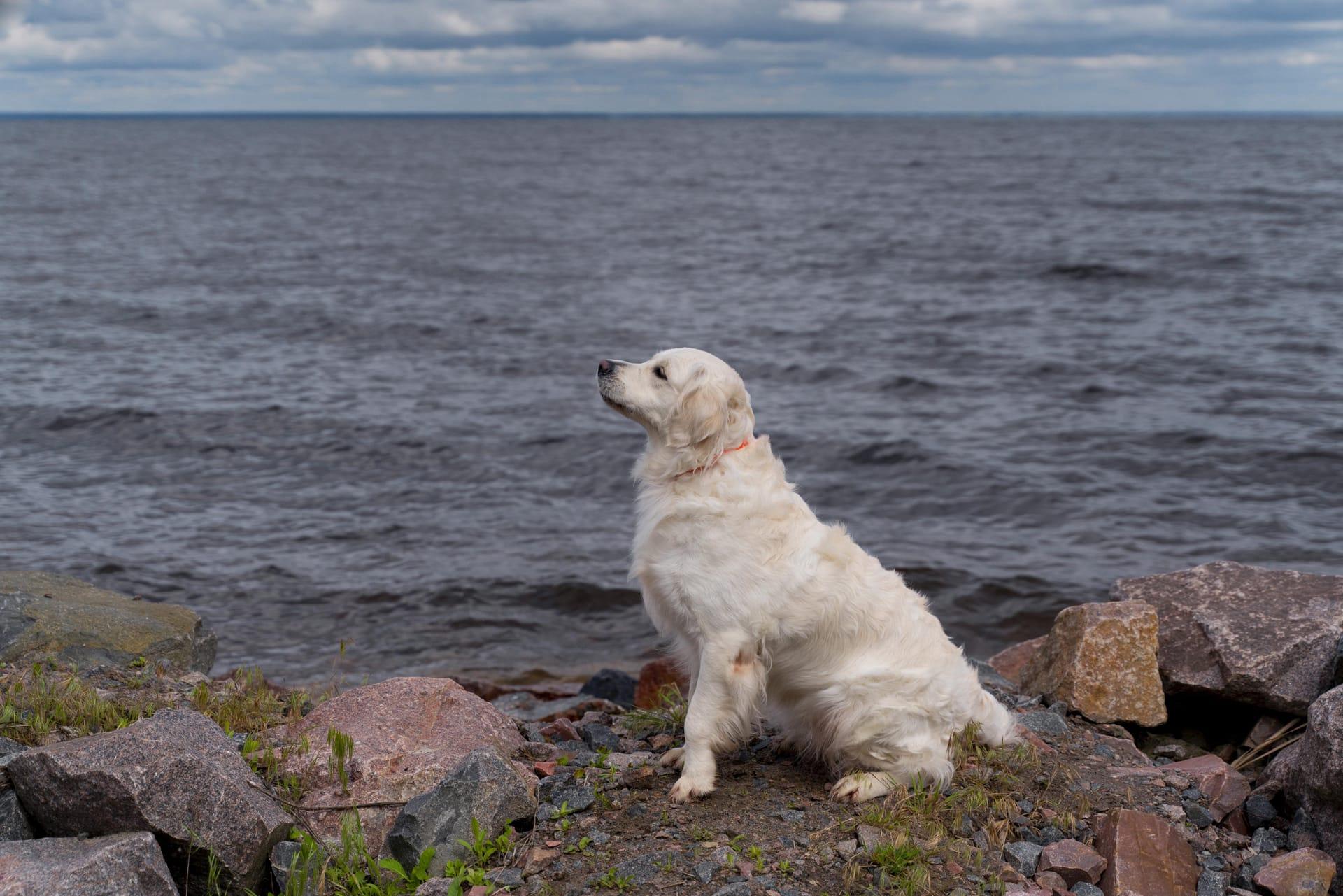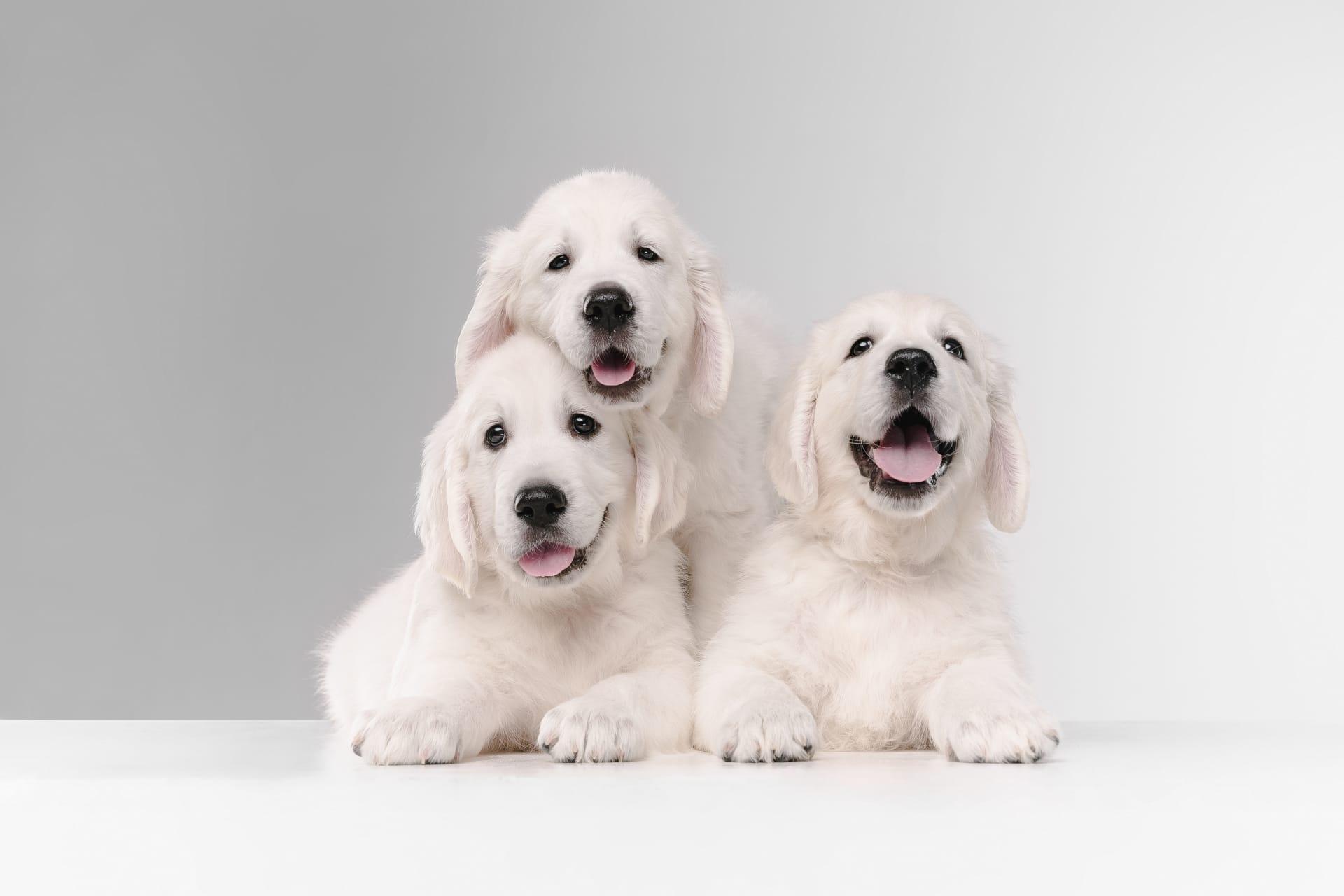Great Pyrenees
- Home /
- Mini Encyclopedia /
- Animal /
- Great Pyrenees
1
The Great Pyrenees, scientifically classified under the Canis lupus familiaris species, belongs to the working group of dogs. This breed is renowned for its impressive size, with males typically weighing between 100 to 160 pounds and standing 27 to 32 inches tall at the shoulder, while females are slightly smaller. Characterized by their dense, weather-resistant double coat, the Great Pyrenees showcases a majestic white or white with markings of gray, tan, reddish-brown, or badger. Their physical attributes, including a strong, muscular build and a keen sense of alertness, have been honed over centuries for their original role as livestock guardians.
The Great Pyrenees originated in the Pyrenees Mountains, which form a natural border between France and Spain. Historically, they were bred to protect sheep from predators like wolves and bears. Today, while they still perform this role in some rural areas, their distribution has expanded globally. In the United States, the breed gained popularity in the 1930s and has since become a favored companion in homes and on farms across the country. In addition to their presence in France and Spain, Great Pyrenees can also be found in various parts of Europe and have been successfully adapted to a wide range of climates and environments beyond their mountain origins.

2
Question: Are Great Pyrenees aggressive?
Answer: The Great Pyrenees is often misunderstood as being aggressive due to its large size and protective instincts. However, the breed is known for its gentle and patient demeanor, especially towards children. They exhibit a calm and composed nature, making them excellent family pets. Their protective instincts do mean they can be wary of strangers and may bark to alert their owners of unfamiliar presences. Proper socialization from a young age is crucial to ensure they become well-adjusted adults. The breed's behavior reflects its history as a guardian dog, where discernment between friend and foe was vital, rather than inherent aggression.

3
The relationship between Great Pyrenees and humans spans several centuries, rooted in their role as protectors of livestock against predators. This working relationship has fostered a deep bond of trust and loyalty between the breed and their human counterparts. Owners of Great Pyrenees often report a strong emotional connection with their dogs, who are known to be attentive and affectionate family members. Their calm and patient nature, combined with a willingness to guard and protect, makes them particularly well-suited to homes with children and other animals.
In modern times, the Great Pyrenees has transitioned from primarily a working dog to a beloved family pet. Despite this shift, they retain their protective instincts, often serving as vigilant guardians of their homes. This breed's adaptability to various living conditions, from rural farms to suburban homes, demonstrates their versatility and enduring appeal. The Great Pyrenees's ability to form strong bonds with humans, coupled with their gentle temperament, underscores the enduring nature of this relationship.

4
The origin of the Great Pyrenees can be traced back to the Pyrenees Mountains around 3000 B.C., where they were bred by Basque people to guard flocks from predators. This ancient breed was developed to withstand the harsh mountain conditions, working alongside shepherds and ensuring the safety of livestock. Their thick, double coat provided necessary protection against the cold, while their strong, imposing presence deterred predators.
Over centuries, the Great Pyrenees evolved to meet the changing needs of their human companions. By the 17th century, they were not only valued as livestock guardians but also became favored by French nobility for their elegance and majestic appearance. This period marked the beginning of their role as a symbol of status among the aristocracy. Through selective breeding, their gentle and protective nature was further enhanced, making them suitable for a variety of roles, from guardians of chateaus to beloved family companions. The breed's evolution reflects a balance between maintaining their physical attributes for working purposes and adapting their temperament for life as companion animals.

5
Film: "The Great Pyrenees: Guardian of the Mountains" is a documentary produced in the United States in 2018. This film explores the breed's history, from its origins in the Pyrenees Mountains to its role as a beloved family pet. It highlights the breed's versatility, loyalty, and protective instincts, featuring interviews with breed experts, veterinarians, and owners. The documentary offers insights into the breed's unique characteristics and the bond they share with humans.
Book: "The Great Pyrenees: A Complete and Comprehensive Owners Guide" was published in the United Kingdom in 2015 by Michael Stonewood. This book serves as a detailed guide for current and prospective Great Pyrenees owners, covering aspects such as breed history, care, training, and health concerns. Stonewood's work is praised for its practical advice and in-depth research, making it an essential resource for anyone interested in the breed.
Book: "Guardians of the Flock: The Story of the Great Pyrenees" is a book authored by Linda Whitwam, published in Canada in 2017. Whitwam's book delves into the historical significance of the Great Pyrenees as livestock guardians and their evolution into household pets. Through personal anecdotes, historical data, and expert interviews, the book paints a comprehensive picture of the breed's importance in pastoral societies and modern-day families.